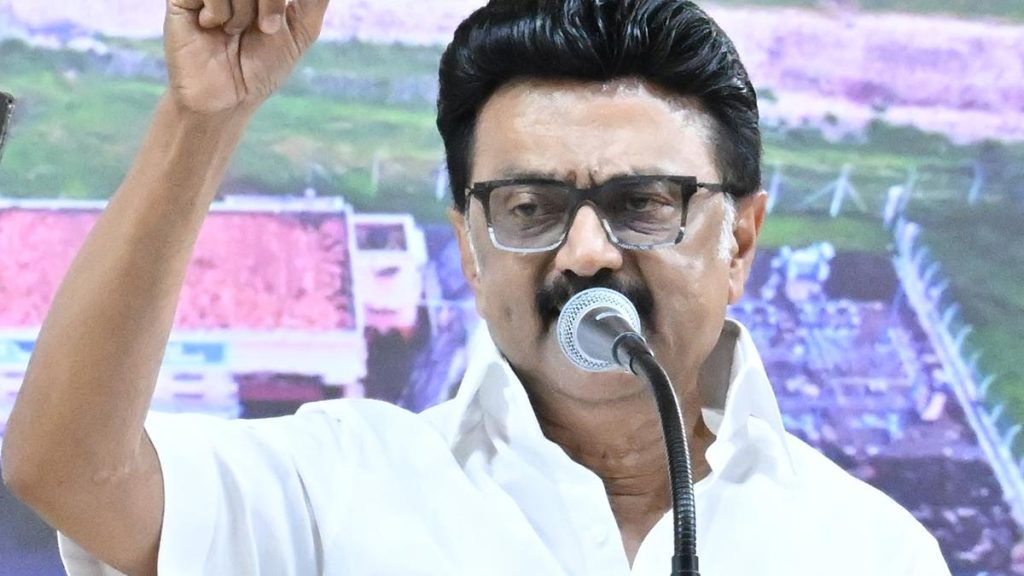Now Reading: Sculptor Galaxy Dazzles in a Spectrum of Colors
-
01
Sculptor Galaxy Dazzles in a Spectrum of Colors
Sculptor Galaxy Dazzles in a Spectrum of Colors

Quick Summary:
- Astronomers have created a remarkably detailed image of the Sculptor Galaxy (NGC 253), located 11 million light-years away from Earth, by using data from the European Southern Observatory’s Very Large Telescope in Chile.
- The Multi Unit Spectroscopic Explorer (MUSE) instrument was used to capture thousands of colors during 50 hours of observations and over 100 stitched exposures covering an area approximately 65,000 light-years wide.
- This imaging process allows researchers to study both the galaxy’s internal structure and its large-scale systems with unparalleled detail.
- Key findings include about 500 planetary nebulae in the galaxy-regions of gas and dust expelled by dying sun-like stars. This number is unusually high compared to most galaxies, which typically show fewer than 100 such detections.
- Planetary nebulae serve as crucial cosmic distance markers for understanding galactic distances, aiding deeper analysis into star formation processes within galaxies.
- Observations revealed intriguing phenomena such as pink light emitted by gas excited by newborn stars and a white-light cone caused by outflowing gas near a black hole at the galaxy’s core.
Indian opinion Analysis:
The exploration of galactic structures like Sculptor Galaxy contributes significantly to deciphering universal mechanisms behind star formation, evolution, and dynamics on microscopic scales.Although this research may appear distant from Indian concerns initially, scientific developments anywhere indirectly drive global technological leaps that ofen resonate across nations like India. As an example, India’s ambitions in space exploration (e.g., ISRO’s initiatives) could benefit from international advancements in imaging technologies or collaborative studies.
Furthermore, discoveries illuminating how small-scale processes influence massive cosmic systems might be educational tools for India’s burgeoning scientific community interested in astrophysics. This study underscores humanity’s shared quest for knowledge – a reminder that India should continue strengthening its partnerships with international research programs while bolstering domestic talent pipelines toward notable contributions.
























